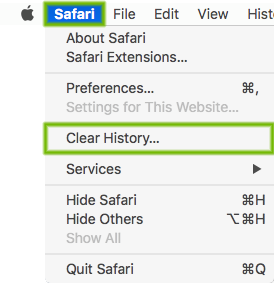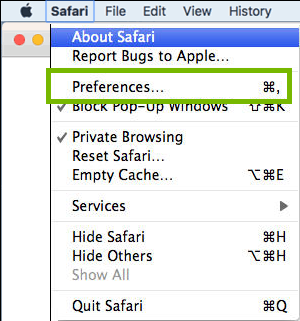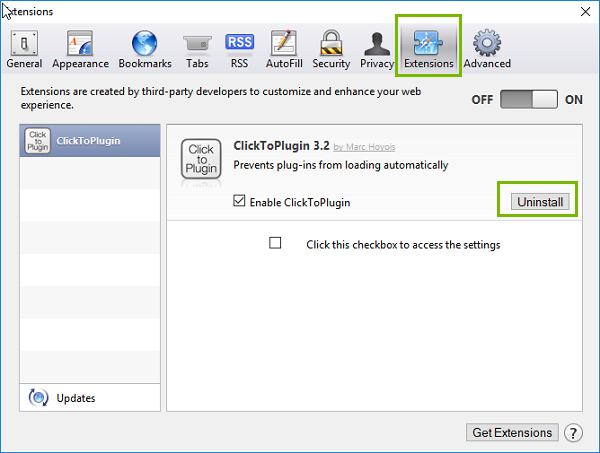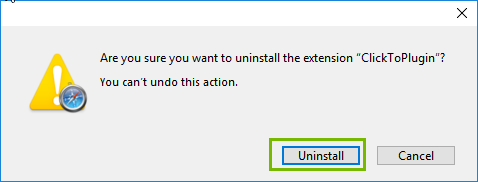Authored by: Support.com Tech Pro Team
Safari is a robust and reliable web browser on macOS, but occasional crashes can disrupt your browsing experience. This comprehensive guide will help you identify and resolve the common reasons behind Safari crashes on your Mac.
Learn about the common causes of Safari crashes, such as outdated software, corrupted cache, or problematic extensions.
Ensure your macOS and Safari are up to date. Click the Apple menu > "About This Mac" > "Software Update" for macOS updates, and open Safari > "About Safari" > "Update" for Safari updates.
Go to Safari > "Preferences" > "Privacy."
Click "Manage Website Data" and remove all data.
Restart Safari and check for stability.
Temporarily disable or remove third-party extensions to identify if they are causing crashes.
Go to Safari > "Reset Safari."
Check the options you want to reset and click "Reset."
Be cautious, as this action clears history, cookies, and other data.
Limit the number of open tabs and active extensions to reduce the strain on Safari.
Use reputable antivirus or anti-malware software to scan your Mac for potential threats.
Disable or update problematic plugins.
Ensure Adobe Flash Player is up to date or consider uninstalling it (as it's becoming deprecated).
Quit Safari.
Go to ~/Library/Preferences.
Locate the com.apple.Safari.plist file and move it to the desktop.
Restart Safari to create a fresh preferences file.
Check your Mac's hardware for issues like insufficient RAM or a failing hard drive, as these can affect Safari's performance.
With this comprehensive guide, you should be able to identify and address the causes of Safari app crashes on your Mac. Maintaining an optimized Safari browser ensures a smoother browsing experience and reduces the likelihood of crashes.
If you are still having trouble, refer to the Step-By-Step Guide below, or Contact Support.Com for Personalized Assistance.
We use our computers increasingly online, utilizing the web browser for more and more of our daily tasks.
When the browser isn't working right, it can become incredibly frustrating. This guide will take you through the steps to get Safari back working properly on your computer.

By default, Safari will run in the background to provide faster access. If it runs out of memory, though, this can end up causing a problem. Quitting and restarting Safari can often resolve these problems.



Any unsaved work will be lost.




By default, Safari will run in the background to provide faster access. If it runs out of memory, though, this can end up causing a problem. Quitting and restarting Safari can often resolve these problems.



Extensions provide extra features to Safari. Sometimes, these Extensions are not coded well, break after an update, or they change the way Safari works in a malicious way to show you advertisements.
Disabling or removing unneeded or unwanted Extensions can help resolve these problems.
Some pop-ups are created from extensions/add-ons installed on your browser. We will be going over steps to remove the extension.





Our next step is to manually remove the settings, extensions, and cache of Safari.
In most cases, your bookmarks and saved passwords will be saved through this process, but they can be lost during this process if you haven't signed into an iCloud account with your Mac.
Any history, frequently used pages, cookies, and Extensions will be lost.
Any bookmarks, passwords, and extension settings will be lost if you have not signed into your iCloud account.
Some of the areas and files we will need to check are within folders that are crutal to your Mac functioning properly. While this guide will walk you through this, it is imperitive that the instructions be followed exactly, or your system could become unstable and require you to reinstall the macOS, or take the machine to an Apple service center to resolve the problem.
By default, Safari will run in the background to provide faster access. If it runs out of memory, though, this can end up causing a problem. Quitting and restarting Safari can often resolve these problems.


If a malicious or poorly-written Plug-In is causing Safari to crash, the only way to fix the problem is to remove it manually.
This guide will take you directly to the 2 locations Plug-Ins are stored on your Mac Hard Drive. Be extremely careful to select the right folder names throughout this process, as deleting the wrong files can cause severe problems with your Mac.













A bad or corrupt settings file can sometimes cause problems with Safari. Deleting the file is safe, as it will be rebuilt the next time Safari is opened.
















Any unsaved work will be lost.
